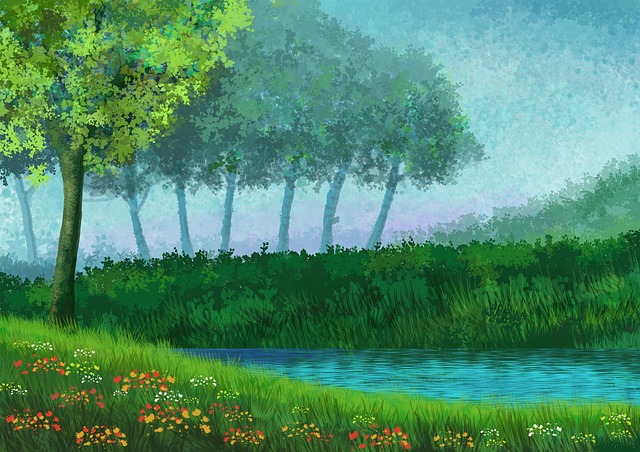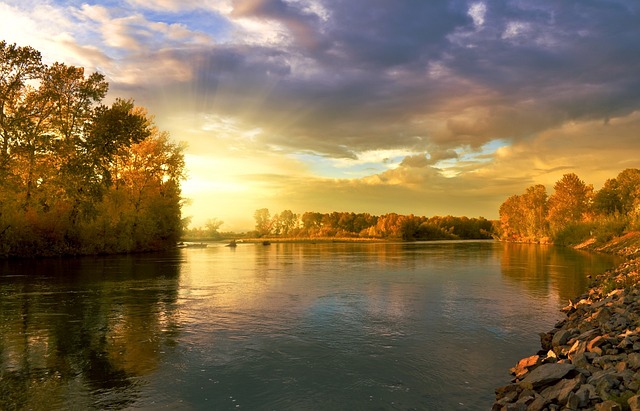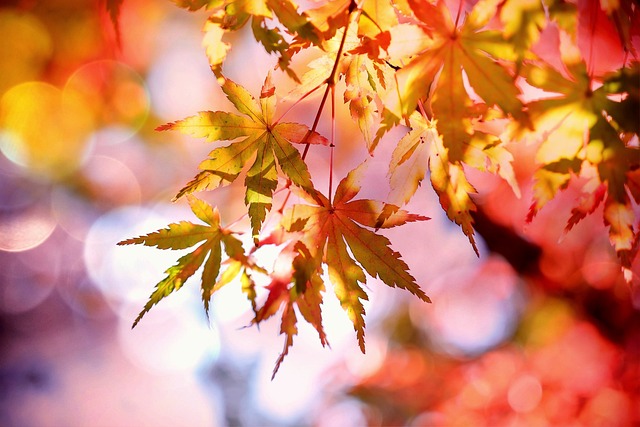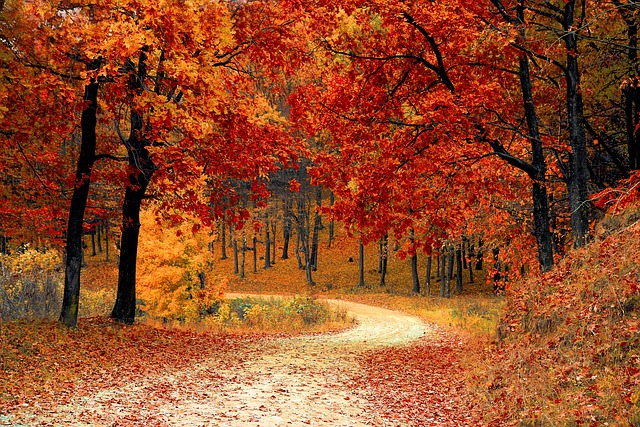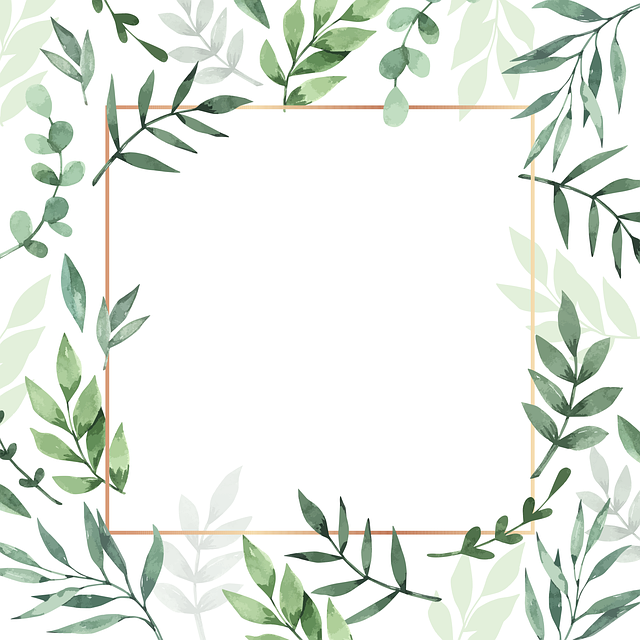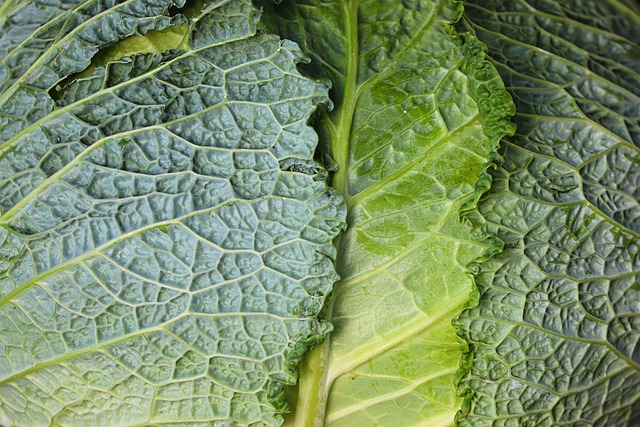Have you ever found yourself struggling to bring your descriptions of nature to life in your creative writing? Specifically, have you ever stumbled when trying to depict the delicate intricacies of leaves? Fear not, for we have you covered. In this article, we will delve into the enchanting world of painted panoramas and explore techniques to masterfully describe leaves in your writing. Whether you are a seasoned writer or simply someone seeking to add depth to your descriptions, join us on this journey as we unravel the secrets to capturing the essence of leaves with a touch of creative flair.
Contents
- Understanding the Aesthetic Beauty of Painted Panoramas
- Depicting Leaves: Exploring the Intricacies of Nature in Creative Writing
- Crafting Vivid Descriptions: Techniques to Bring Leaves to Life
- Colorful Canvases: Describing the Palette of Leaves in your Writing
- Captivating the Reader’s Senses: Describing the Texture and Sound of Leaves
- Using Metaphors and Symbolism: Evoking Emotion through Leaf Descriptions
- Immersing Readers in Leafy Landscapes: Creating Engaging and Authentic Settings
- Frequently Asked Questions
- Concluding Remarks
Understanding the Aesthetic Beauty of Painted Panoramas
Painted panoramas have long captivated art enthusiasts around the world with their extraordinary ability to transport us into stunning landscapes or bustling scenes from history. These breathtaking works of art allow us to experience a different time and place, immersing ourselves in the artist’s vision. Through their intricate brushstrokes and meticulous attention to detail, painted panoramas encapsulate the essence of an entire panorama within a single frame. Their immense size and panoramic format enable us to feel as though we are standing right in the midst of the depicted scene, triggering a sense of wonder and enchantment.
The aesthetic allure of painted panoramas lies not only in their lifelike representation of the world, but also in their ability to evoke emotions and connect us to the past. These grand, sweeping landscapes transport us to distant locations, from majestic mountain ranges to serene seascapes, providing a sense of escape and tranquility. Moreover, painted panoramas often depict historical events or significant moments in time, offering a unique glimpse into the past. The meticulous brushstrokes and vibrant colors used by artists create a sense of realism and depth, making it feel as though we are witnessing these moments firsthand. Being able to step into a painted panorama is like embarking on a visual journey, feeding our curiosity and inspiring a deep appreciation for the artistry behind these masterpieces.
Depicting Leaves: Exploring the Intricacies of Nature in Creative Writing
Immerse yourself in the vibrant world of creative writing as we delve into the intricate beauty of leaves. In this captivating journey, we will unlock the secrets to creating vivid descriptions that breathe life into your nature-inspired prose. From the smallest details to the grand tapestry of colors, our exploration will inspire you to observe with renewed wonder and translate your observations into compelling words on the page.
Discover the hidden poetry within each leaf as we unravel the captivating shapes, textures, and patterns that adorn them. Through interactive exercises and insightful prompts, we will guide you in developing your descriptive skills, helping you paint a symphony of words that skillfully mimic the delicate play of sunlight dancing through foliage. Learn to harness the power of vivid imagery to transport readers to lush, verdant landscapes, where they can almost smell the earthy scent and feel the gentle rustle of leaves beneath their feet.
Join us on this enchanting journey of exploration and self-expression, where you will uncover the art of depicting leaves with unparalleled imagination and precision. Whether you’re a seasoned writer seeking to deepen your connection to nature or a budding wordsmith eager to hone your craft, this adventure promises to awaken your senses and ignite new realms of creativity. Embrace the wonders of the natural world through the written word and unlock the limitless potential within your own imagination.
Crafting Vivid Descriptions: Techniques to Bring Leaves to Life
When it comes to writing vivid descriptions, there are several techniques that can help you bring leaves to life on the page. By utilizing these methods, you can transport your readers to a world filled with the mesmerizing beauty of nature.
1. Utilize sensory language: Engage your readers’ senses by describing the appearance, sound, smell, taste, and touch of leaves. Use adjectives to paint a picture, such as “emerald-green” or “fiery-red,” to make the imagery more vibrant and captivating.
2. Show, don’t tell: Instead of simply stating that leaves are “beautiful,” show their beauty through specific details. Describe how rays of sunlight dance on the surface of each leaf, or how they gently sway in the breeze, creating a mesmerizing symphony of rustling sounds.
3. Appeal to emotions: Encourage an emotional connection between your readers and the leaves by tapping into their nostalgia or fond memories. For example, describe how the scent of fallen leaves evokes a sense of autumnal nostalgia, reminding them of cherished moments spent crunching through a colorful carpet of foliage.
4. Contrast: Highlight the uniqueness of leaves by juxtaposing them against their surroundings. Describe how the vibrant red maple leaf stands out against a backdrop of fading greens, accentuating the beauty and individuality of each leaf.
Colorful Canvases: Describing the Palette of Leaves in your Writing
When it comes to capturing the essence of autumn in your writing, nothing quite compares to the vibrant hues of fallen leaves. These natural canvases provide writers with a kaleidoscope of colors to weave into their prose, adding depth and visual imagery to their descriptions. By embracing the rich palette of leaves, you can bring your writing to life and transport your readers to a world ablaze with the beauty of nature.
Imagine the crunch of red and orange leaves beneath your feet, the gentle rustling sound that accompanies each step. Picture the sunlight filtering through the canopy, casting a warm golden glow upon the forest floor. By skillfully incorporating these sensory experiences into your writing, you can create vivid scenes that evoke a true sense of autumn. Consider the following techniques to effectively embrace the palette of leaves in your writing:
- Paint with words: Use descriptive language to convey the colors of the leaves. Instead of simply stating “the leaves were red,” try phrases like “fiery crimson leaves” or “vibrant scarlet foliage.” This allows readers to visualize the shades and enhances their connection to the scene.
- Explore the spectrum: Don’t limit yourself to the typical hues of autumn leaves. Consider the subtle variations, such as burnt sienna, amber, or even the occasional purple or pink leaf. The richness of the leaf palette goes beyond the obvious, so be adventurous with your color choices.
- Embrace metaphor: Use the changing colors of leaves as a metaphor to convey emotions or ideas. For example, you could describe a character’s mood as “falling into a sea of golden tranquility” or their heart as “burning with the passion of a scarlet leaf.” Metaphors add depth and symbolism to your writing, making it more memorable.
Captivating the Reader’s Senses: Describing the Texture and Sound of Leaves
When it comes to the beauty of nature, the texture and sound of leaves can transport us to a world of tranquility and wonder. Each leaf, with its unique patterns and textures, has a story to tell. As you run your fingers along the surface, you might encounter velvety smoothness, like a piece of satin gently brushing against your skin. Or perhaps you’ll stumble upon a leaf with jagged edges, reminiscent of crumpled paper. The diversity of these natural textures never ceases to amaze, captivating both your sense of touch and imagination.
But leaves have more to offer than just their texture. As they rustle in the wind, a symphony of sounds unfolds before your ears. The delicate flutter of a leaf falling to the ground, like a soft whisper, creates a sense of serenity. When a gentle breeze rustles through a foliage-rich tree, you can hear the leaves dancing in harmony, their collective murmur creating a soothing melody. It’s as if the trees themselves are speaking, sharing their secrets and tales with those willing to listen.
Using Metaphors and Symbolism: Evoking Emotion through Leaf Descriptions
When it comes to describing leaves, utilizing metaphors and symbolism can enhance the emotional impact of our writing. By evoking powerful imagery and tapping into universal symbols, we can create a deeper connection with our readers. These literary devices offer an opportunity to paint vivid pictures in their minds as they navigate through the text.
1. **Dancing foliage**: Imagine leaves swaying and twirling like graceful ballerinas, caressed by a gentle breeze. This metaphor not only adds movement to your descriptions but also evokes a sense of elegance and beauty. Such imagery can be great for conveying a serene, tranquil atmosphere.
2. **Golden confetti**: Use this symbolism to describe autumn leaves strewn on the ground, creating a vibrant carpet of color. The image of golden confetti conjures a festive and joyful mood, making it ideal for narrating scenes of celebration or offering a contrast to melancholic emotions. It invites readers to revel in the kaleidoscope of nature’s colors.
Immersing Readers in Leafy Landscapes: Creating Engaging and Authentic Settings
When it comes to writing, one of the most important aspects is creating settings that transport readers to the heart of the story. And what better way to captivate their imagination than by immersing them in lush, leafy landscapes? Whether it’s a dense, mystical forest or a serene, picturesque garden, the key lies in evoking sensory details and creating a multi-dimensional experience for your readers. Here are some tips to help you craft engaging and authentic settings that will leave your readers craving more:
- Research and Observation: To portray leafy landscapes authentically, start by immersing yourself in real-life settings. Take nature walks, visit botanical gardens, or simply spend time in lush green spaces. Observe the flora and fauna, listen to the sounds of rustling leaves, and inhale the earthy scent of the forest. By truly experiencing these environments, you’ll be able to capture their essence in your writing.
- Vivid Descriptions: As you transport your readers to these leafy landscapes, it’s crucial to engage their senses through vivid descriptions. Paint a picture with your words, allowing them to see the sunlight filtering through the canopy, feel the soft moss underfoot, and hear the melodious chorus of birdsong. By appealing to their senses, you’ll create a tangible and immersive setting that feels real to your readers.
- Character Interactions: Leafy landscapes can serve as more than just a backdrop for your story; they can also provide opportunities for meaningful character interactions. Consider how your characters would interact with the environment. Are they at peace and connected to nature, or do they find it unsettling and overwhelming? These interactions can add depth to your characters and create a sense of tension or harmony within the leafy landscape.
Creating engaging and authentic settings is a powerful tool in any writer’s arsenal. By immersing readers in leafy landscapes, you’ll transport them to a world where they can share in the beauty, mystery, and wonder that nature has to offer. So go ahead, let your imagination wander, and take your readers on a breathtaking journey they won’t soon forget!
Frequently Asked Questions
Q: What are painted panoramas?
A: Painted panoramas refer to a technique in creative writing where authors vividly describe the natural beauty of leaves.
Q: Why is it important to describe leaves in creative writing?
A: Describing leaves can add depth and richness to your writing, helping readers visualize the scenery and immerse themselves in the natural world being depicted.
Q: How can I capture the essence of leaves in my writing?
A: To effectively describe leaves, try to incorporate sensory details such as colors, shapes, textures, sounds, and scents. Use dynamic and evocative language to bring the reader closer to the experience of observing leaves.
Q: What are some words and phrases I can use to describe leaves?
A: You can use words like verdant, vibrant, lush, vibrant, emerald, golden, fiery, delicate, fluttering, rustling, crisp, or aromatic to paint a vivid picture of leaves in your writing.
Q: How can I depict the colors of leaves creatively?
A: Instead of simply saying “green” or “brown,” experiment with a variety of descriptive phrases such as “emerald green,” “honeyed amber,” or “coppery hues” to evoke a sense of visual beauty to your readers.
Q: How can I describe the shapes and textures of leaves?
A: Pay attention to the shapes of leaves, whether they are heart-shaped, jagged, or elongated. Furthermore, describe their textures, such as velvety, leathery, or papery, to give a more detailed portrayal.
Q: Can you provide some examples of creative leaf descriptions?
A: Certainly! Here’s an example: “The leaves, a kaleidoscope of fiery oranges and reds, cascaded from the trees, gently swirling as they found their place on the forest floor, forming a vibrant tapestry of autumn’s last dance.”
Q: Are there any particular literary devices I can use to describe leaves effectively?
A: Yes, you can employ poetic devices like similes, metaphors, personification, or even onomatopoeia to accentuate the imagery of leaves. For instance, you could say, “The leaves whispered secrets to the wind,” personifying the leaves and creating a more immersive experience.
Q: How can I ensure my leaf descriptions flow seamlessly within the narrative?
A: Integrate leaf descriptions into your story or prose naturally, allowing them to enhance the setting or characterization rather than feeling forced. Aim for a balanced mix of descriptive passages and other narrative elements to maintain a good flow.
Q: Any final tips to inspire creative leaf descriptions in writing?
A: Engage all your senses, observe nature keenly, and let your imagination run free. Look beyond the obvious and explore the unique qualities of leaves, and always practice using descriptive language to bring your writing to life.
Concluding Remarks
In conclusion, describing leaves in creative writing adds depth and vibrancy to your writing, transporting readers into a colorful and immersive world.


